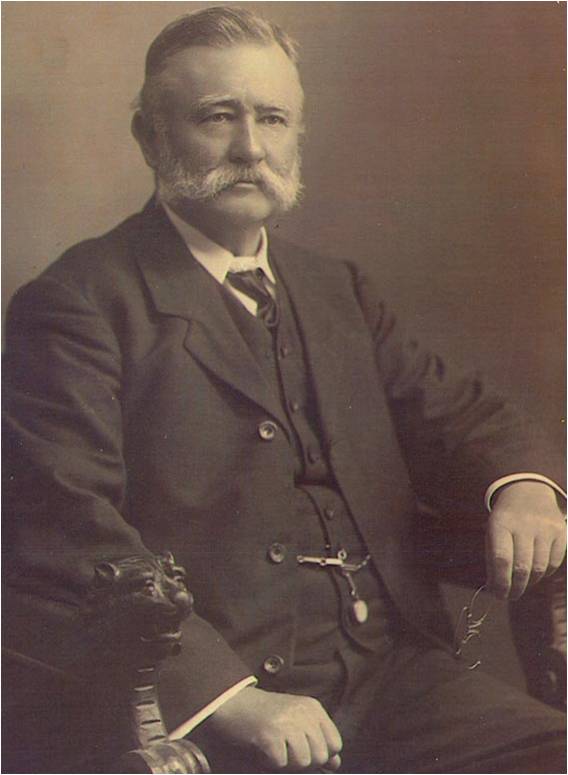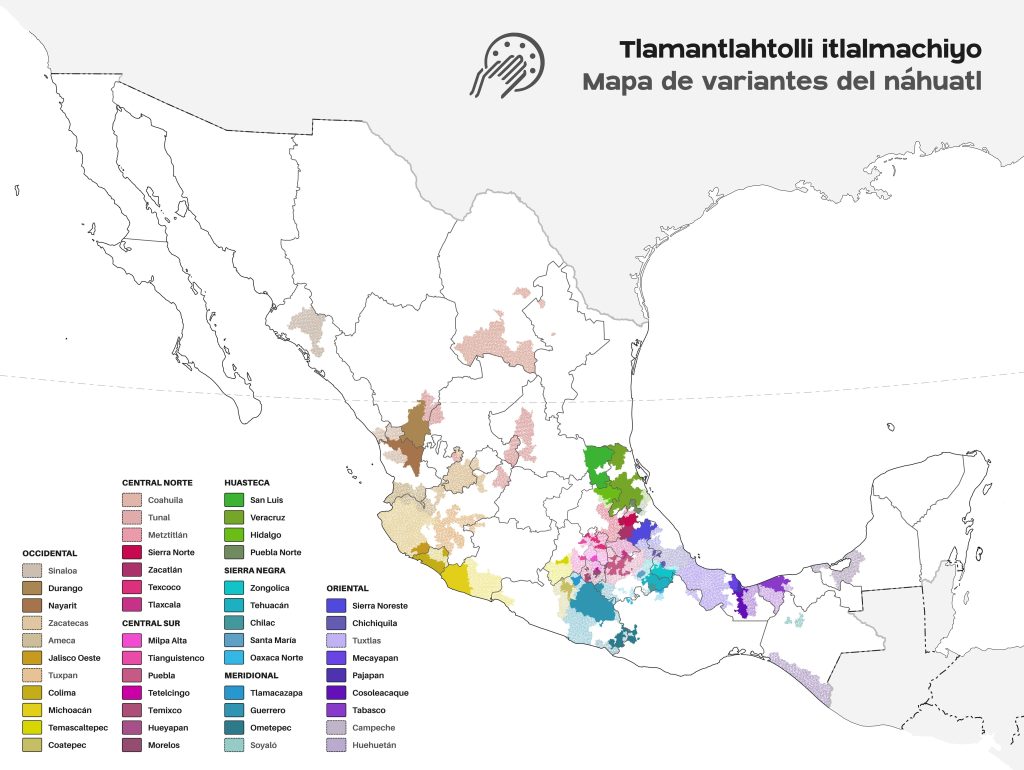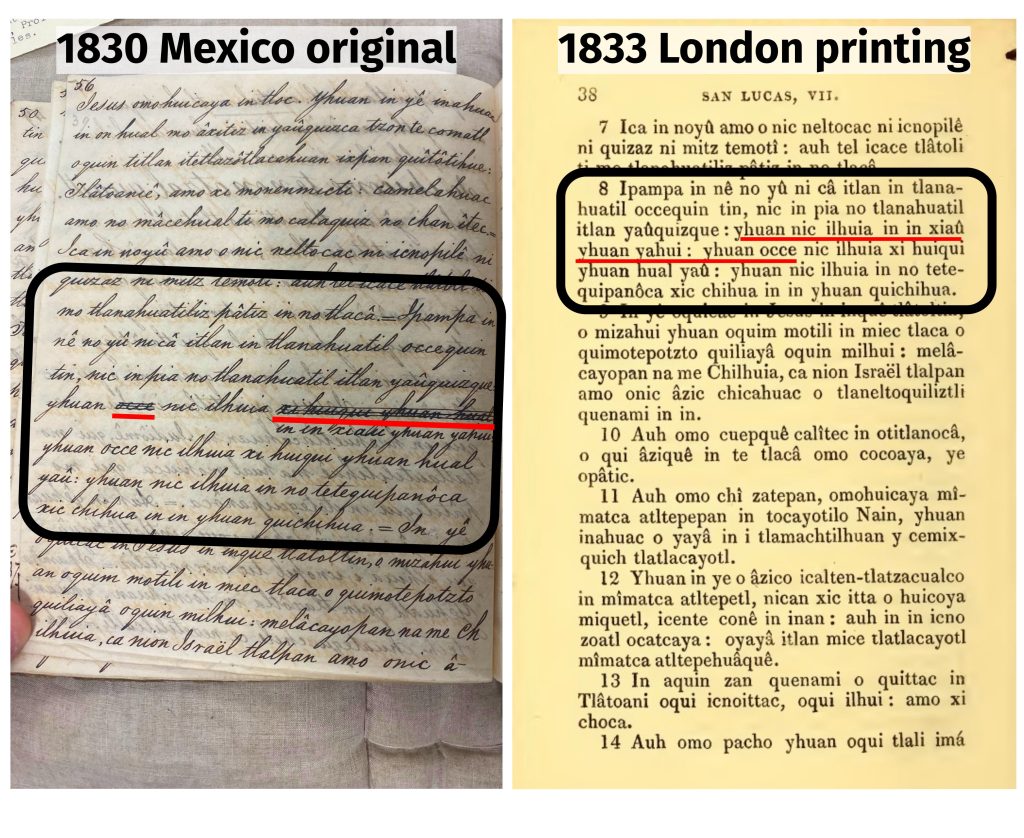
The Bible Society’s First Mexican Gospels and the Polyglot Scot Who Would Learn Nahuatl
This post is by Munby Fellow in Bibliography Dr Joshua Fitzgerald. Joshua is an ethnohistorian researching Nahua (commonly “Aztec”) history, art and cultural heritage, especially exploring modalities of Indigenous and Indigenous-Colonial education practices, place- and object-based archives and the local perseverance of knowledge. His Munby project examines a one-of-a-kind Nahuatl-Latin lectionary, one of only a handful of sixteenth-century manuscripts of the type known to exist, from a time of transatlantic cultural exchange and religious conversion.
My Munby Fellowship project zooms in on a terribly rare piece of Mexican heritage in the Bible Society Collection in Cambridge, a sixteenth-century translation of the Latin Christian scriptures into Nahuatl (BFBS Ms 375), part of the Hidden in Plain Sight (HiPS) project with Queen Mary University of London and CUL. Thanks to Library staff and the HiPS team, readers can now view the digitised copy of that manuscript on CUDL. Here, I will offer a brief history of another intriguing aspect of the Society’s entanglements with Nahuatl, the production history of their first Nahuatl Gospel edition of 1831.
Throughout the 1800s, the British and Foreign Bible Society (BFBS) inspired its members to evangelise around the globe. Their colporteurs (‘Bible salesmen’) strove to spread Protestantism and religious pedagogies among Indigenous communities throughout the Americas, especially. In fact, the Society’s first printed translation was the 1804 Gospel of St John translated into Kanien’kehá:ka, the Iroquoian language of the Mohawk, by Thayendanegea a.k.a. Joseph Brant (Batalden et al., 2004: 66-68; Barnard, 2016b: 81-82). In the case of Mexico, the Society began making inroads by the mid-1820s, actively seeking out new languages by which to translate biblical texts. Following Karen Racine’s perspective, the mission’s goal was commercial in nature, producing thousands of printed Bibles, New Testaments and Gospels for sale in Spanish, Portuguese and a slew of indigenous languages as “capitalist entrepreneurs, who trusted that the marketplace of religious ideas would favour them once their publications were made available” (Racine 2004: 81). Racine is careful to note the complexity of motivations guiding members’ activities, which were more than simply economic.

These include the biographies of Society members, such as Reverend James Thomson (Mitchell, 1991; Racine 2004; Barnard, 2016a). In the case of Mexico, Thomson, a Scottish colporteur and educationist who trafficked in printed Spanish Bibles and New Testaments from 1827-30, multilingualism appeared tantamount to good evangelism. He studied languages, collected priceless manuscripts and printed books in foreign tongues, and determinedly returned to the region a decade later to reclaim some connection to Indigenous Mexico. His enthusiasm and entanglements with linguistics, however, failed to create a lasting presence for the Society in Mexico (Racine 2004: 96-98); that is, save thousands of printed materials for Mexicans and, as it turns out, by Mexicans.
Thomson’s mission to Mexico, which involved economic and cultural tourism, is believed by many to have spurred on production of the first printed Indigenous-language texts by British publishers. Namely, BFBS was responsible for producing the 1833 “Gospel of St Luke in Nahuatl” Yancuic iyec tenonotzaltzin in Jesu-Christo, quenami oquimo ihcuilhuili in San Lucas, (or ‘the new right testament of Jesus Christ, what was written by Saint Luke’), printed in London by Bagster & Sons. Seemingly, Thomson’s adoption of the language Nahuatl, a language often associated with the ‘Aztecs’ and one of Mexico’s many living spoken traditions today, led to this publication, and the Scot looms large in the BFBS narrative of advancing secularisation and New Testament studies in Mexico. Bible Society Collection records help us better understand the other complexities of the 1833 edition and the significant contributions made by others, shedding light on how Nahuatl shaped the Society and Mexico at the time.
Thomson would go on to study the language and cultural heritage of ancestral Nahuas. His collected papers help identify the Scot’s interest in the language, visual writing systems and Mexican heritage. Back home, following Thomson’s death, news of the achievements of those involved with the first printed Nahuatl materials were woefully mischaracterised in Bible in Every Land (1860). After that volume reproduced a “specimen” of the Nahuatl for Luke 6: 27-28, the authors accredit the printing with Thomson and the translation work of the Peruvian scholar Dr Pazos Kanki (1860: 384). Reviewing the original manuscript and BFBS records, we know that this scenario is unlikely.

Titled in English ‘The Gospel of Saint Luke in the Nahuatl or Mexicano language,’ BFBS MS 376 captures a linguistic variant of Nahuatl from the south of the State of Puebla circa 1830. This script became the sole reference for the first printed editions. The 1831 print run comprised 250 copies produced by Samuel Bagster & Sons publishing with the BFBS, and these copies soon travelled to Mexico. They next entered the hands of Dr José María Luis Mora (1794-1850), an intellectual and steady advocate for Nahuatl printing in Mexico City and Puebla.
The effort to produce the manuscript came from Father Mariano Paz y Sanchez, priest of the parish church of Santa María Chigmecatitlán, Puebla, who signed BFBS MS 376. You can have a brief visit to the site, virtually, via the parish’s YouTube channel. Father Mariano had been tasked with the project by his nephew, Professor don Miguel Quinones, a professor with the National College of Puebla, and there appears to have been no correspondence between Rev Thomson and Prof Quinones nor Father Mariano (BFBS Ms 376 “Gospel of St. Luke” 1830-33 with additional notes by R. O. Walker). Thomson’s ally in Mexico City, Dr Mora, appears to have taken the initiative of sussing out the professor’s uncle.
Mora’s goal was to infuse liberal pursuits of increased literacy to promote freedom of religion. A staunch separationist of Church and State, Mora was prejudiced against Catholic conservative control of government and what he saw as the uneducated masses. Dr Mora’s correspondence identifies the Mexican’s consistent labour in circulating and attempting to improve the BFBS Nahuatl editions between 1831-36, as well as the Society’s members’ acknowledgement of “the extremely vigorous… tireless work of Dr. Mora [that] exceeds all praise (Benjamin Blinkhorn, Letter from Mexico, 9 August 1833, Bible Society Reporter; found in Gringoire, 1954: 351-52).
In fact, several of Dr Mora’s letters to the BFBS mention plans to revise the 1830 manuscript (Gringoire, 1954: 328-366). However, there appears to be very minimal difference in the handwritten 1830s transcript and the gospels printed from 1831 and up to 1890s, so we can consider the original to have been faithfully reproduced by Samuel Bagster & Sons and not intervened upon by Mora. Thus, the nineteenth century iteration of the Bible Society’s Luke in Nahuatl was written in Chigmecatitlán on the 10 December 1830. It is not entirely clear that Father Mariano was ever paid for these efforts, though Dr Mora would request the funds on his behalf from the BFBS as late as a letter dated 29 August, 1836 (Gringoire, 1954: 352).
Parsing the original Mariano manuscript against the 1833 edition, which is housed in the John Carter Brown Library, reveals some of the translation choices made by the priest and how BFBS printers shaped these. One example is the revision confronting the researcher on folio 56, which relays Luke 7:8, the occasion that Jesus healed the servant of a centurion of Capernaum from afar. Jesus had done so because of the centurion’s faith in patterns of unsupervised service and a true belief that Jesus had the authority to heal by word alone. As God’s servant, Jesus served his mission without supervision and with true devotion just as the centurion need not oversee orders given to his faithful servant, in his words, “For I too am a man set under authority, with soldiers under me: and I say to one, ‘Go,’ and he goes; and to another, ‘Come,’ and he comes; and to my servant, ‘Do this,’ and he does it (Luke 7:8)” (in 1830s Nahuatl Ipampa in né no yú ni cá itlan in tlanahuatil occequintin, nicinpia notlanahuatil itlan yaúquizque: yhuan nicilhuia inin xiaú yhuan yahui: yhuan occe nicilhuia xihuiqui yhuan hual yaú: yhuan nicilhuia in notetequipanóca xicchihua inin yhuan quichihua; Yâcuic iyec tenonotzaltzin in Jesu-Christo… 1833: 56). Father Mariano appears to have initially doubled the centurion’s orders in the passage, striking portions of the mistake with the same pen, and the printer, in turn, followed suit. If extant, further study into the original Latin text(s) at the disposal of Father Mariano would add more clarity to the initial redundancies and need for strikes.
Having a faithful copy of biblical materials was critical to evangelists in the nineteenth century, perhaps something akin to the belief required of a leader in having their orders executed by a faithful servant with good care and precision. On his final page, in Spanish, Father Mariano offers his sincere intent for an accurate gospel, explaining that ‘if any discordance is found, I declare that it was not intentional and if perhaps some exists due to ignorance, it would be worthwhile to subject it to the correction of Our Holy Mother Catholic Apostolic Roman Church and to the Expert Gentlemen in the Nahuatl language, to whose perseverance I signed, the undersigned Priest’ (p. 203). The significance of this vernacularisation cannot be understated, especially when we consider endangered languages today. Nahuatl lies on, in part, because Mexicans and foreigners took care to reproduce it. Throughout the 1800s, Mariano’s variation became the benchmark for St Luke’s Gospel in Nahuatl, circulating with each BFBS exchange. Today, this variation is dwarfed by Nahuatl that is printed and spoken from other regions. In Chigmecatitlán, Mixteco is the most prominent native language, home to several hundred speakers. Notably, studies have demonstrated the psychological benefits that accompany a community practicing its local languages, improving for Nahuas the wellbeing or ‘good life’ (cualli nemiliztli) and ‘happiness’ (paquiliztli) of the speaker (Olko et al, 2022: 139-142). The 1830s Gospel of St Luke in the Bible Society Collection shows the perseverance of one variant of Nahuatl, especially the dynamic way in which it shaped and could be shaped by evangelists and evangelism. As a multilingual missionary at a formative time for the BFBS, Rev. Thomson rightly receives accolades as a leader in the production of the first printings in Nahuatl of Luke, but the true labour and service of linguistics rested in the hands of Mexicans.

Bibliography
BFBS/BSA/G1/1, [Annual] Reports, 1805 – 1965
BFBS/BSA/E3/3/634, Central America/West Indies languages, 1930 – 1964
BFBS/BSA/E3/5/2/10, Report of Mr. Hattersley on the Mexican St. Luke, with proofs of some pages.
BFBS/BSA/F3/(18)Thomson/1 & 2, 1844-5. James Thomson’s ‘Tour in Yucatan’, 1844 – 1845; “Memoranda”. Unpublished notes; n.d. “Origin of the inhabitants of the N. World generally: of the Mexicans in particular.” Unpublished ms.; n.d. Bible Society Collection, Cambridge University Library.
Bagster, Samuel. The Bibel of Every Land. A History of the Sacred Scriptures in Every Language Etc. Samuel Bagster and sons, 1848. https://archive.org/details/bibleofeveryla00samu/page/464/mode/2up
Barnard, Stuart. “Making a Bible Enterprise: James Thomson and the British and Foreign Bible Society in British North America, 1838–1842.” Mémoires du livre 6, no. 2 (2015).
Batalden, Stephen K.; Kathleen Cann, and John Dean, eds. Sowing the Word: The Cultural Impact of the British and Foreign Bible Society, 1804-2004. No. 3. Sheffield Phoenix Press, 2004.
Gringoire, Pedro. 1954. “El ‘protestantismo’ del doctor Mora.” Historia mexicana 3, no. 3: 328-366.
Mitchell, Bill. 1991. “Diego Thomson: A study in Scotland and South America (1818-1825)”, Bulletin of the Scottish Institute of Missionary Studies, 6-7: 66-75.
Mitchell, Bill. 1993. “Diego Thomson: Precursor de la traducción bíblica en la época moderna”, La Biblia en las Américas, 48.3: 21-23.
Mitchell, Bill. (n.d.) “James Diego Thomson”. https://www.jamesdiegothomson.com/ Calgary, Alberta, Canada. Accessed June 2024.
Mitchell, Bill. 2019. “Diego Thomson in the Americas (1818-1844): Monitorial Schools, Nation-building, and the Kingdom of God”. Sociedad Bíblica Chilena. https://www.sbch.cl/sitio/diego-thomson-in-the-americas-1818-1844-monitorial-schools-nation-building-and-the-kingdom-of-god/
Racine, Karen. 2008. “Commercial Christianity: The British and Foreign Bible Society’s Interest in Spanish America, 1805–1830.” Bulletin of Latin American Research, 27.1:78-98.
Map of Variations of Nahuatl spoken throughout Mexico today, including the pinkish variants that appear to relate to 1830s Chigmecatitlán and the first edition of the Nahuatl Gospel of St Luke.

